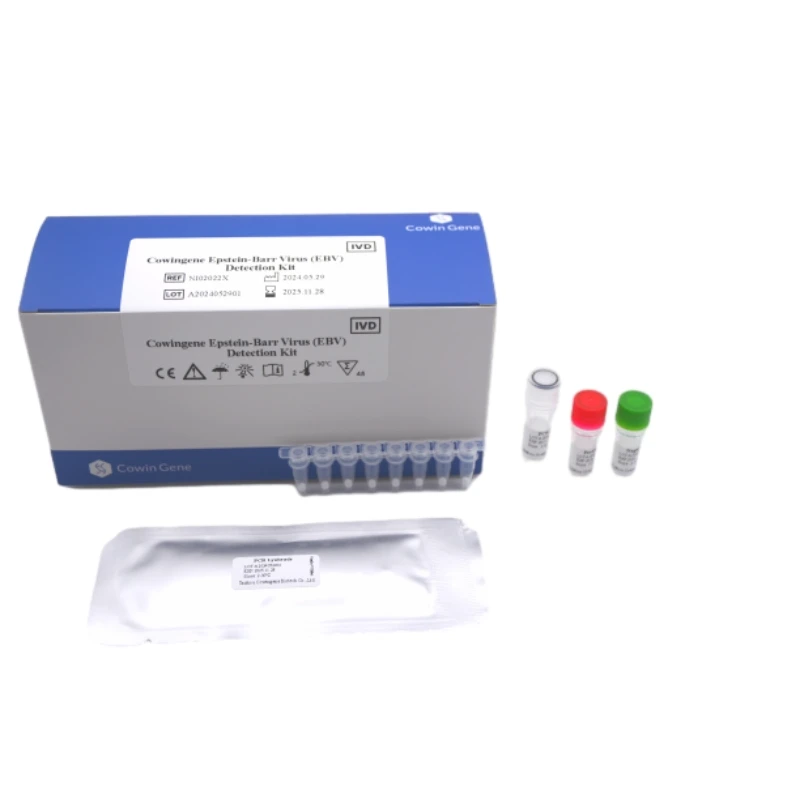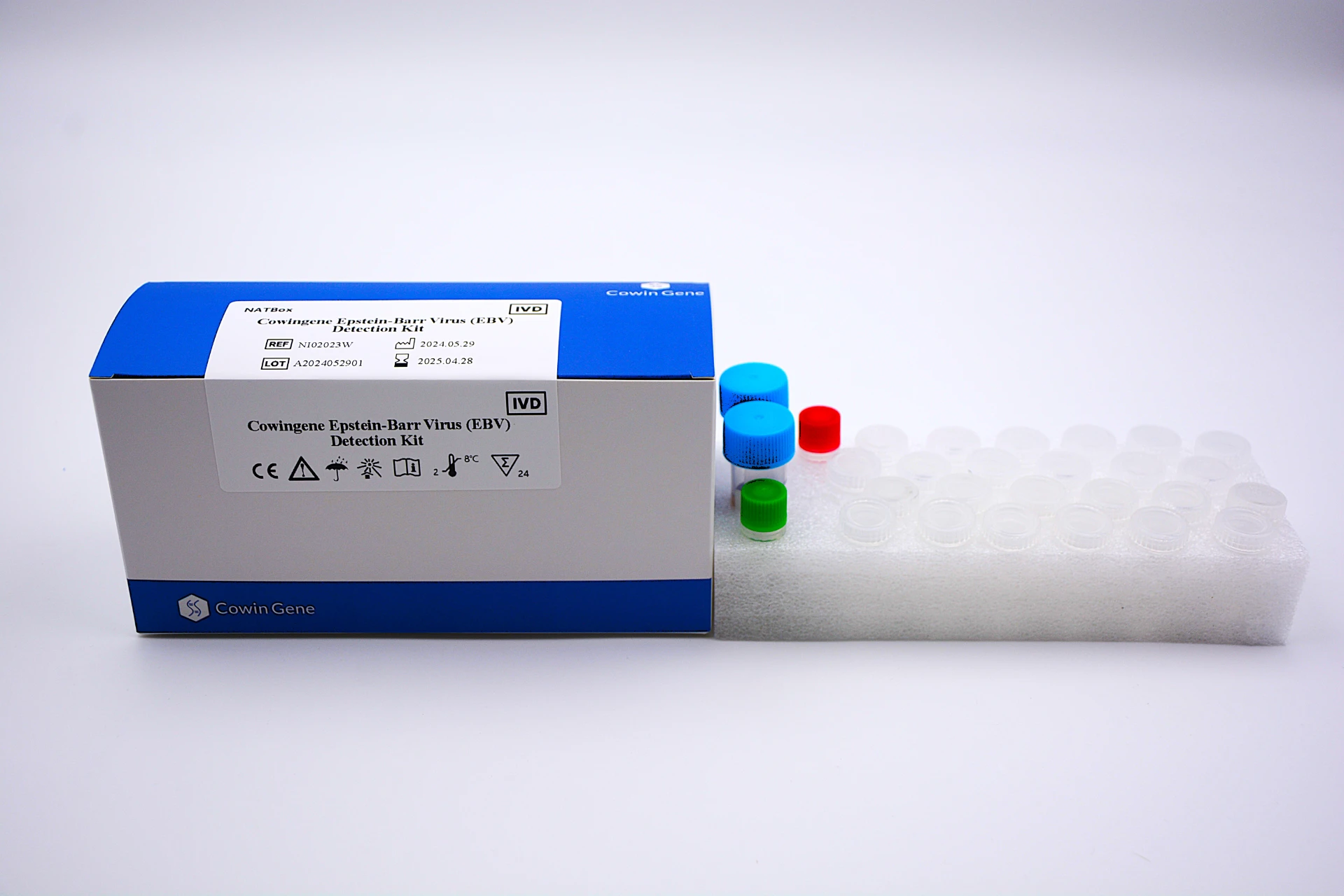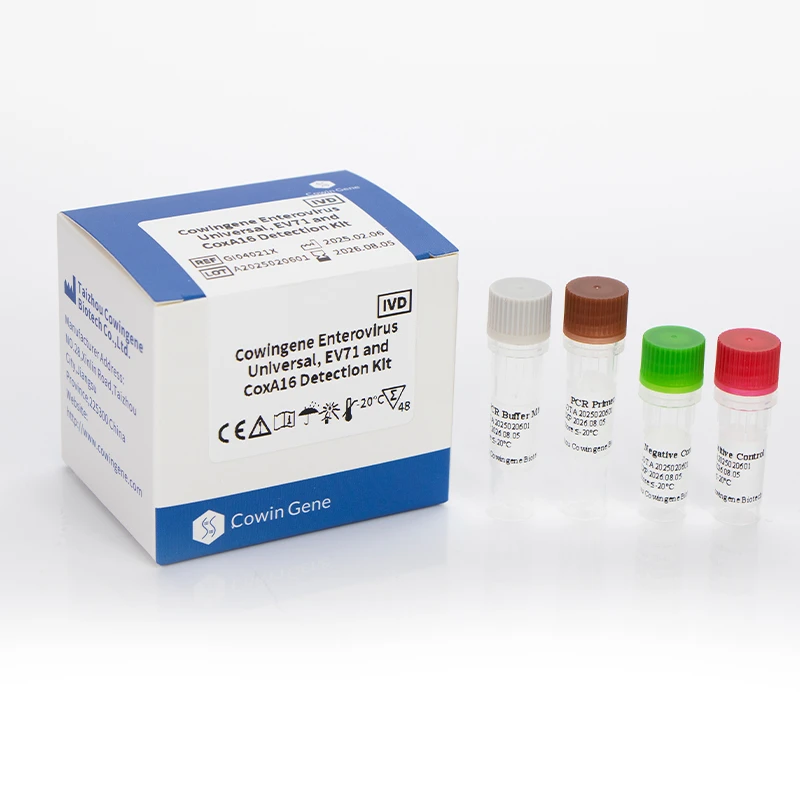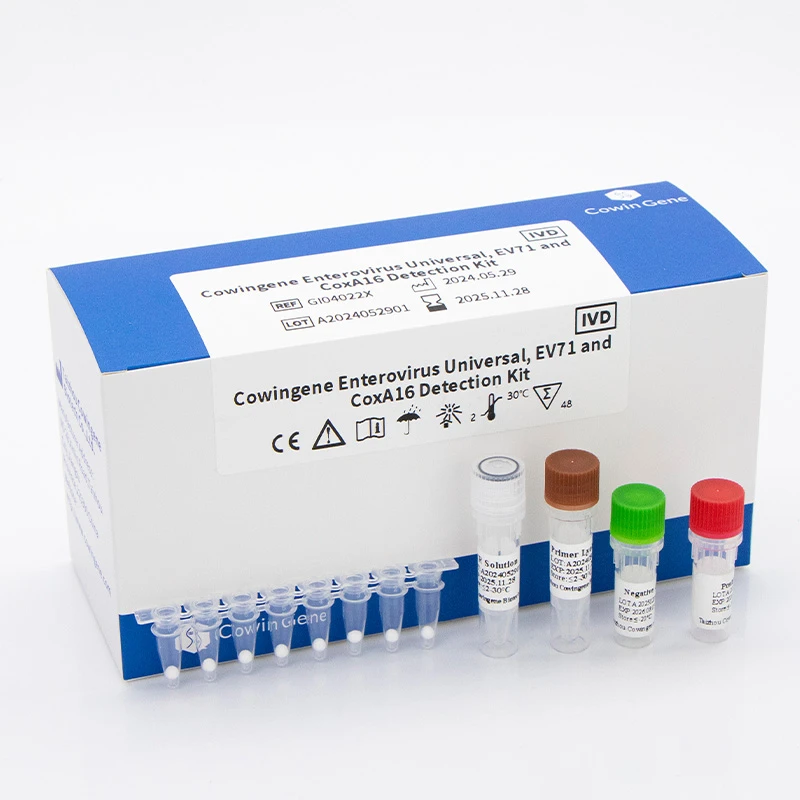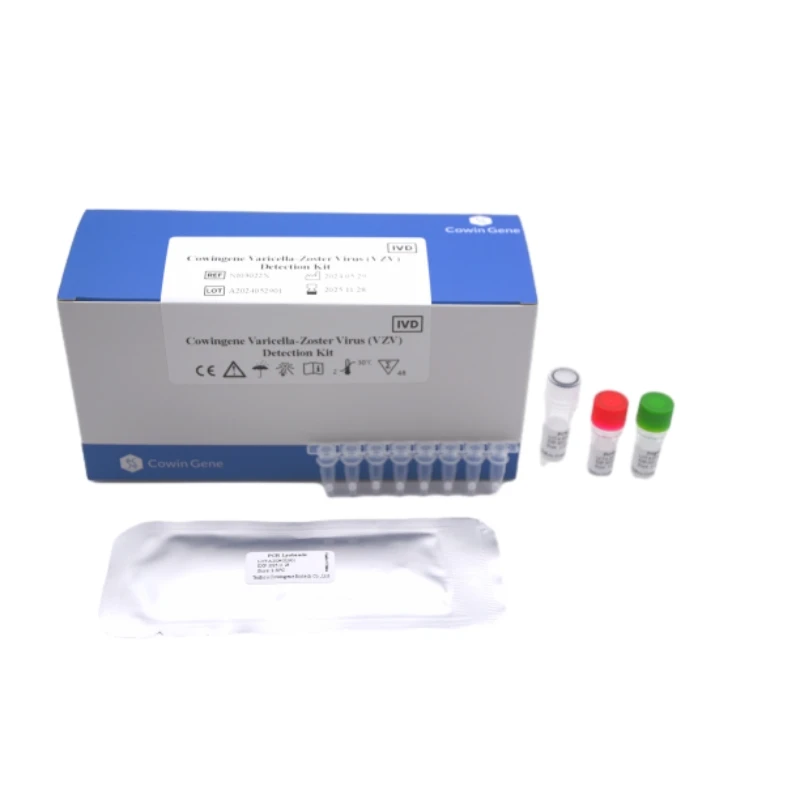Nov . 22, 2025 15:30 Back to list
Understanding Strep B Test Cost: Global Insights and Healthcare Impact
Understanding Strep B Test Cost: Why It Matters and What You Should Know
If you've ever wondered why the cost of a Strep B test seems to fluctuate or why it's suddenly a hot topic within healthcare discussions globally, you're not alone. This article digs into the intriguing world of strep b test cost — the factors driving it, its applications around the globe, and why this test is increasingly critical in maternal health and newborn care. Far more than just a price tag, understanding this cost helps hospitals, clinicians, and policy makers make smarter decisions that ultimately save lives.
The Global Context: Why Strep B Testing Cost Is a Growing Concern
Group B Streptococcus (GBS), commonly known as Strep B, affects nearly 20-30% of pregnant women worldwide, according to the World Health Organization. Screening for Strep B during pregnancy is critical since it can lead to severe infections in newborns if untreated.
Globally, disparities in strep b test cost often determine who gets tested and who doesn't. The World Bank data reveals that in lower-income countries, lack of affordable testing leaves many women unprotected. In fact, a direct correlation exists — where testing is expensive, neonatal GBS infection rates tend to spike, leading to higher infant mortality.
In real terms, tackling the cost question isn’t just a hurdle for hospitals; it's a public health priority. This is especially pressing in regions aiming to achieve United Nations Sustainable Development Goals (SDGs) on maternal and child health.
Mini Takeaway:
- Strep B affects millions globally, yet testing access hinges heavily on test affordability.
- Testing gaps in poorer regions contribute to preventable newborn infections.
What Is Strep B Test Cost? A Simple Breakdown
Simply put, strep b test cost refers to the total expense associated with screening pregnant women for Group B Streptococcus bacteria, typically via a vaginal and rectal swab followed by lab analysis.
But it’s a bit more complex: costs reflect not only the lab assay price but also factors like sample collection, lab equipment, technician skill, local healthcare infrastructure, and even geographic logistics.
To put this in perspective, while some tests rely on rapid molecular diagnostics costing roughly $20-50 per test, others use traditional culture plates that may be cheaper but take days longer, potentially influencing treatment timing.
This cost plays a substantial role in modern prenatal care protocols, especially as automated and point-of-care testing solutions gain popularity for their speed and accuracy.
Key Factors Influencing Strep B Test Cost
1. Testing Methodology
The method of testing affects price heavily. Traditional culture-based tests tend to be less expensive but slower, whereas polymerase chain reaction (PCR) tests are faster but usually pricier.
2. Lab Infrastructure and Automation
Facilities equipped with high-throughput machines lower per-test costs over time but require upfront capital, pushing initial pricing higher.
3. Supply Chain and Reagents
Imported reagents or specialized swabs add cost. Locally manufactured supplies might reduce prices but sometimes compromise on quality.
4. Geographic Location and Healthcare Policies
Testing costs vary drastically between urban centers and rural or developing areas due to infrastructure gaps and policy support for maternal health.
5. Volume and Scale of Testing
Larger testing volumes in hospitals or clinics usually mean economies of scale, dropping prices marginally.
6. Insurance and Subsidies
Government programs or insurance reimbursements often affect the out-of-pocket costs women pay, influencing test accessibility.
Mini Takeaway:
- Prices aren’t just about lab fees; equipment, reagents, and policy frameworks play a huge part.
- Choosing the right test and infrastructure makes a big difference in affordability.
Product Specification Overview
| Specification | Traditional Culture Test | PCR-based Rapid Test |
|---|---|---|
| Average Cost | $10 - $20 | $30 - $50 |
| Turnaround Time | 48-72 hours | 1-4 hours |
| Equipment Required | Basic lab incubators | PCR machines, thermal cyclers |
| Accuracy | 85-90% | 95-98% |
| Sample Type | Vaginal & rectal swab | Vaginal & rectal swab |
Who Benefits? Global Applications of Strep B Testing
Strep B testing is invaluable in various settings:
- Developed countries: Routine screening is common in prenatal care, dramatically reducing newborn infection rates.
- Low- and middle-income regions: Limited access means testing is often sporadic or unavailable, which is why cost reduction is critical.
- Humanitarian and disaster relief: In camps or displaced populations, quick and affordable testing helps prevent outbreaks.
- Remote and industrial zones: Portable testing kits enabled by innovations reduce the need for complex lab setups, making screenings feasible.
Mini Takeaway:
- Accessibility is the connecting thread — who can afford testing directly impacts newborn survival worldwide.
- Innovations in testing support better healthcare delivery even in challenging environments.
Vendor Comparison: Testing Providers & Their Pricing Models
| Vendor | Test Type | Price Range (per test) | Turnaround Time | Additional Perks |
|---|---|---|---|---|
| BioLab Diagnostics | Traditional culture | $15 - $20 | 48-72 hours | Low-cost bulk packages |
| RapidTest Inc. | PCR molecular | $40 - $50 | 1-3 hours | Cloud results tracking |
| Global Health Partners | Hybrid rapid culture | $25 - $35 | 24-36 hours | Training for local staff |
Advantages & Long-Term Value of Affordable Strep B Testing
Besides the obvious health benefits, affordable and reliable Strep B testing carries several deeper advantages:
- Cost savings: Preventing GBS infections limits expensive NICU stays and antibiotic treatments.
- Sustainability: Investing in faster, automated test kits requires less waste and energy long term.
- Social impact: Equitable test availability promotes health justice and reduces neonatal mortality.
- Emotional relief: Expecting mothers gain peace of mind, which is priceless.
- Trust in healthcare: When costs lower, more women access care, building community confidence in health services.
Looking Ahead: Future Trends in Strep B Testing and Cost Reduction
The future looks bright. Innovations are steering toward:
- Point-of-care molecular diagnostics that reduce lab dependency and costs.
- AI-powered predictive analytics helping target testing where needed most.
- Green chemistry and sustainable materials used in test kits to lower environmental impact.
- Global policy agreements pushing subsidies and standardizations that reduce price disparities.
It's fascinating how these advances aren't just about technology but also how societies organize care — so the cost itself becomes a tool for better public health.
Challenges & Expert Solutions in Managing Strep B Test Cost
Not everything is straightforward. Some hurdles include:
- Infrastructure gaps: Rural clinics lack lab access, increasing costs of outsourcing tests.
- Supply chain disruptions: COVID-19 taught us how fragile global medical supply chains can be.
- Regulatory variability: Complex approvals slow down introduction of lower-cost options.
Solutions? Experts suggest use of mobile diagnostics, bulk procurement collaborations, and international policy harmonization to foster affordable access. Providers and NGOs partnering with governments, especially in low-income nations, can deploy rapid tests more cheaply and widely.
Frequently Asked Questions About Strep B Test Cost
- What is the average cost of a Strep B test for pregnant women?
- The cost typically ranges between $10 to $50, depending on the testing method used and facility location. PCR-based rapid tests tend to be pricier than traditional culture tests but provide quicker results.
- Does insurance usually cover Strep B testing?
- In many developed countries, routine Strep B screening during pregnancy is covered by insurance, making the out-of-pocket cost minimal or zero. However, coverage varies greatly by region and insurer.
- Can rapid Strep B tests be performed at home or outside laboratories?
- Currently, most rapid molecular tests require trained personnel and lab equipment. However, development in point-of-care devices aims to enable more decentralized testing in the near future.
- Why does Strep B test cost matter so much in developing countries?
- Because the higher the cost, the fewer pregnant women get tested, increasing newborn infection risk. Affordable tests allow broader screening, reducing mortality and healthcare burdens.
- Are there organizations helping to reduce these testing costs globally?
- Yes — nonprofits, WHO programs, and partnerships with diagnostic manufacturers work on subsidizing test kits and training health workers in underserved regions.
Wrapping Up: Why Knowing Strep B Test Cost Truly Counts
Clearly, the price of Strep B testing isn’t just a number on a bill. It influences who gets screened, when treatment kicks in, and ultimately, how many newborn lives are saved. As technology progresses and awareness grows, strep b test cost is gradually becoming more manageable worldwide — a sign of progress toward better maternal health.
If you're interested in diving deeper, or considering options for your clinic or lab, visit strep b test cost for reliable solutions and expert guidance.
References:
Related PRODUCTS
-
Comprehensive Guide to Monkey Pox Detection: Methods, Applications & Innovations
NewsNov.23,2025 -
Essential Guide to Monkeypox Detection: Technologies, Applications & Future Trends
NewsNov.23,2025 -
Group B Strep DNA Test – Fast, Accurate Screening to Prevent Neonatal Infection
NewsNov.21,2025 -
Essential Guide to Group B Strep Test Kits: Benefits, Uses & Innovations
NewsNov.20,2025 -
Group B Strep PCR Test – Rapid and Accurate Detection for Improved Newborn Health
NewsNov.20,2025


